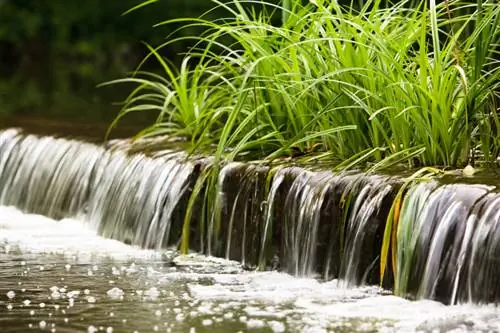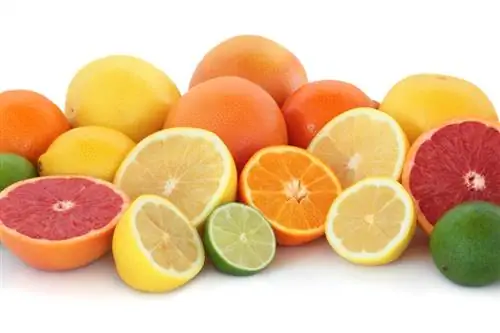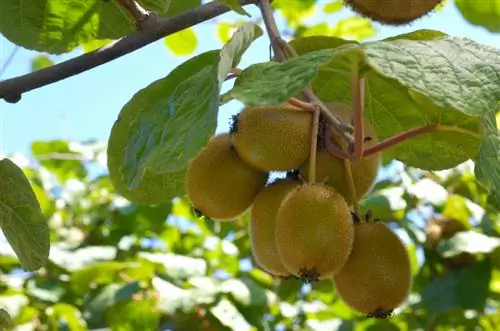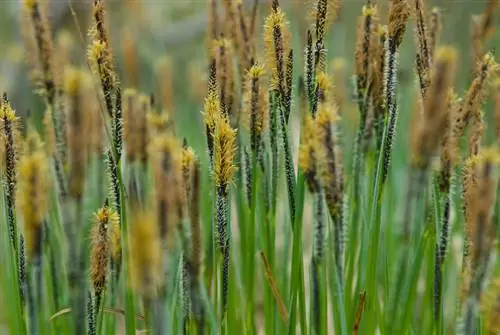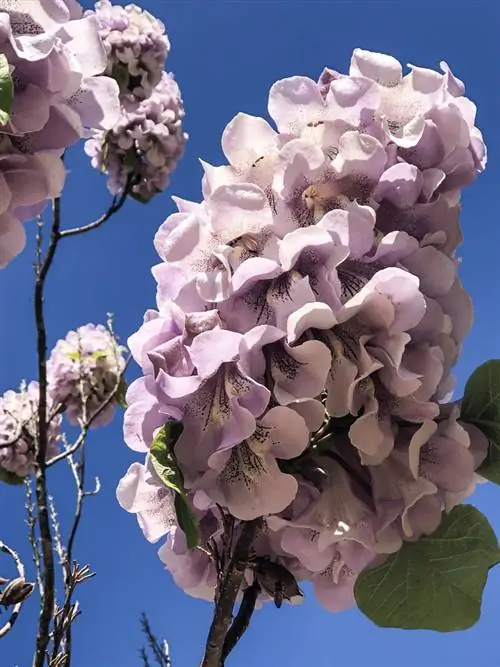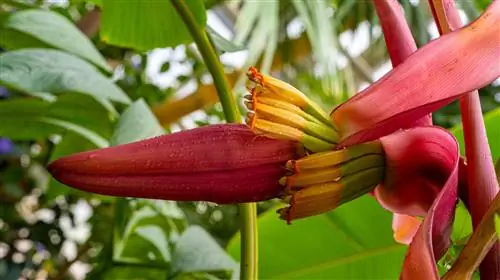- Author admin [email protected].
- Public 2023-12-16 16:46.
- Last modified 2025-01-23 11:20.
Sedges belong to the sourgrass plant family. With around 2,000 species, these representatives are spread almost all over the world. To name all the species here would go beyond the scope. Therefore, here are the most important sedge species with their characteristics.
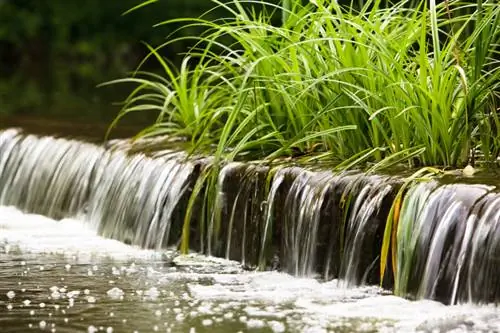
Which types of sedge should you know?
Some important sedge species are clump-growing sedges such as fox-red sedge, morning star sedge, mountain sedge and Japanese sedge; sun-loving sedges such as New Zealand sedge and palm frond sedge; shade-loving sedges such as bird's-foot sedge and broadleaf sedge; and variegated leafy sedges such as white-colored dwarf sedge and gold-edged sedge.
Clusty growing sedges
The clump-growing sedges form a large group. They should all be divided regularly so that their growth does not get out of hand. Even cutting in spring doesn't hurt them.
Here is an excerpt of the best-known representatives of this group with their main characteristics:
- Fox-red sedge/Carex buchananii: red-brown, fine leaves, crest-like, overhanging growth
- Morning star sedge/Carex gravi: robust, adaptable, likes moist soil
- Mountain sedge/Carex montana: sulphur-yellow flowers, long-lasting, bright golden brown in autumn
- Japan sedge/Carex morrowii: evergreen, forms dense clumps
Sedges according to location requirements: Would you prefer sunny or shady?
Some types of sedges prefer to grow in the blazing sun, whereas the other types prefer to be in the shade. You should give a place in the sun to the mountain sedge, New Zealand sedge, gold-edged sedge and the palm frond sedge, among others. They feel better off in the shade:
- Japan sedge
- Bird's-foot sedge
- Mushroomhead sedge
- Broadleaf sedge
- Giant sedge
- Carpet-Japan-Sedge
Colorful leaf sedges
The colorful leafy sedges look impressive as solitary plants. But they also come into their own in combination with other grasses and flowers. Here are a few nice specimens:
- White dwarf sedge
- Gold-edged sedge
- Stiff Gold Sedge
- Gold-rimmed Japanese sedge
- White edge Japanese sedge
- White bird's-foot sedge
Characteristics common to all species
Whether Japanese sedge, gold-edged sedge, broadleaf sedge, or all blessings combine many characteristics. Among other things, all sedges form rhizomes as survival organs. They have triangular stalks and less than 2 cm wide, smooth leaves at the base.
Furthermore, all sedge species have terminal inflorescences, spikelets and spikes as well as unisexual flowers (male and female flowers separated from each other). Achenes are always formed as fruits and the care of these grasses can be considered problem-free.
Tip
Some sedges are too large to thrive in pots. However, species such as the white dwarf sedge and the stiff golden sedge are ideal for planters.

